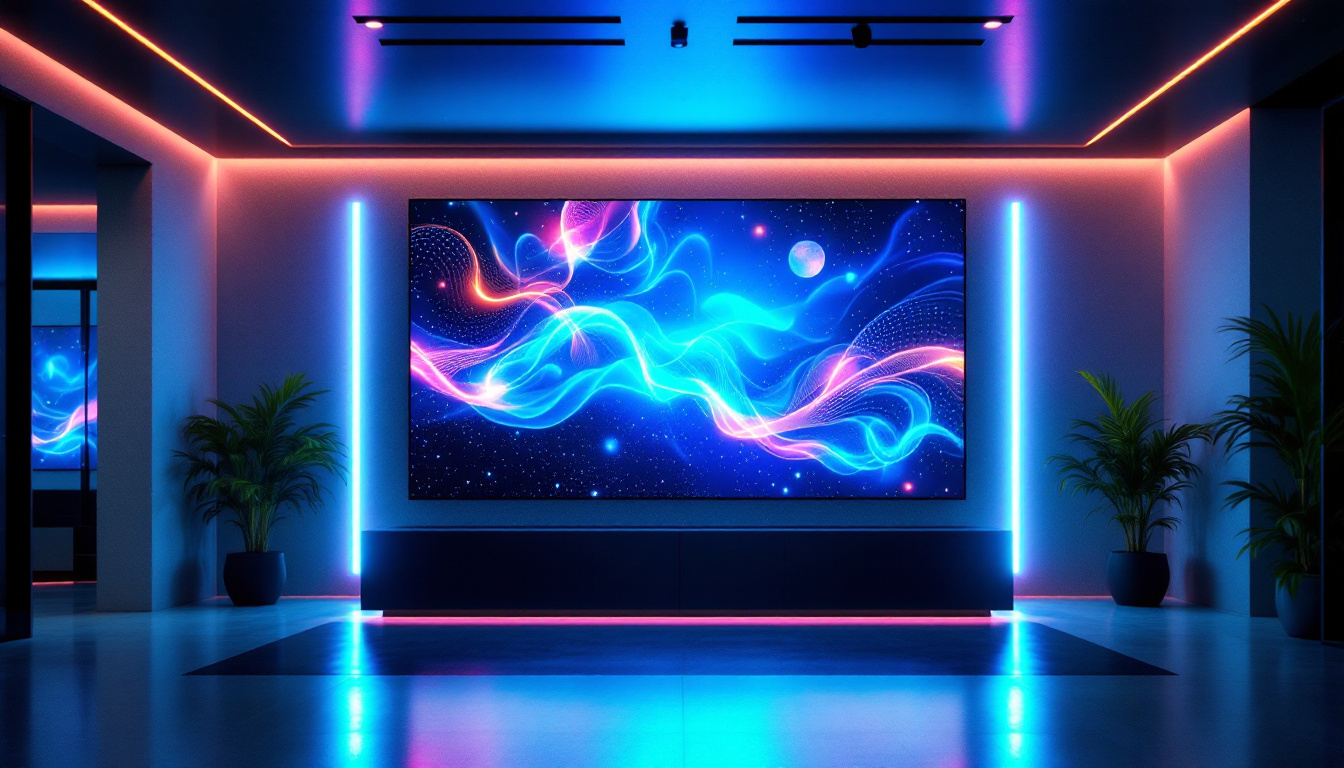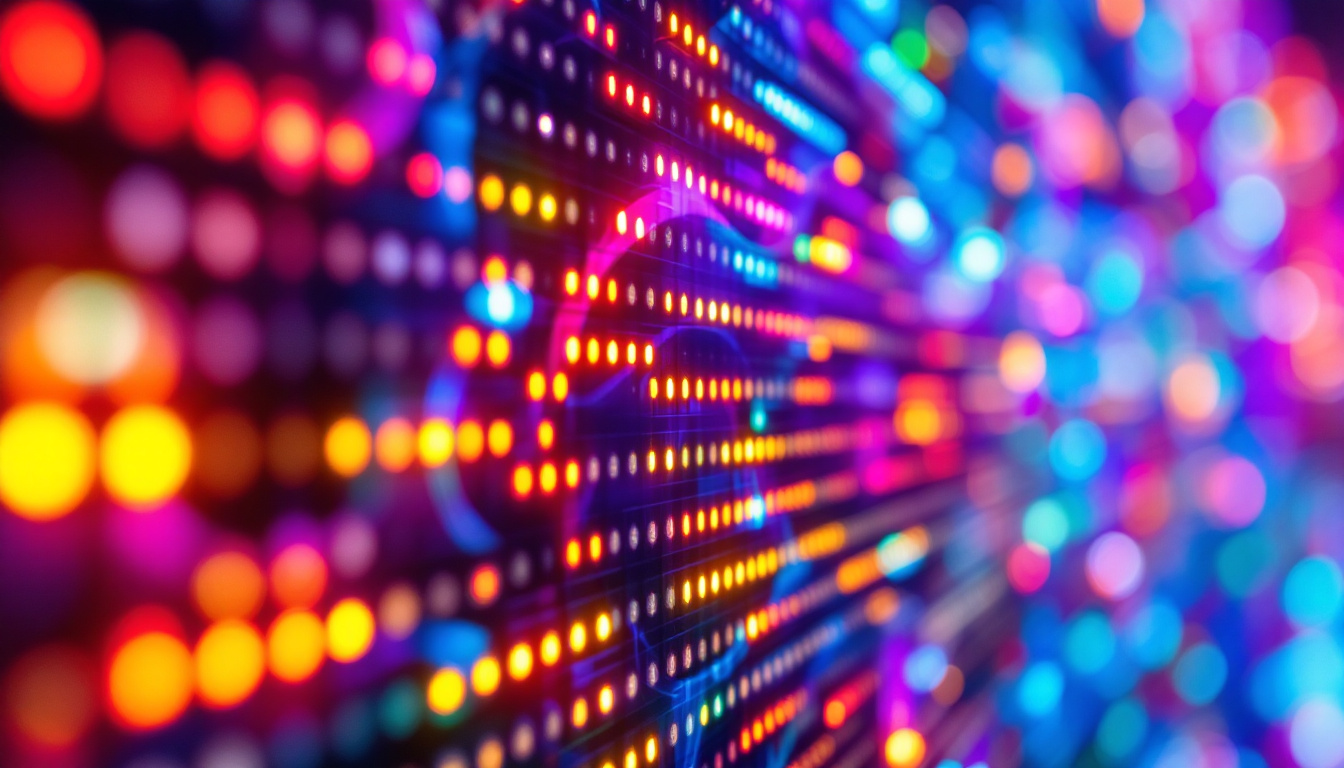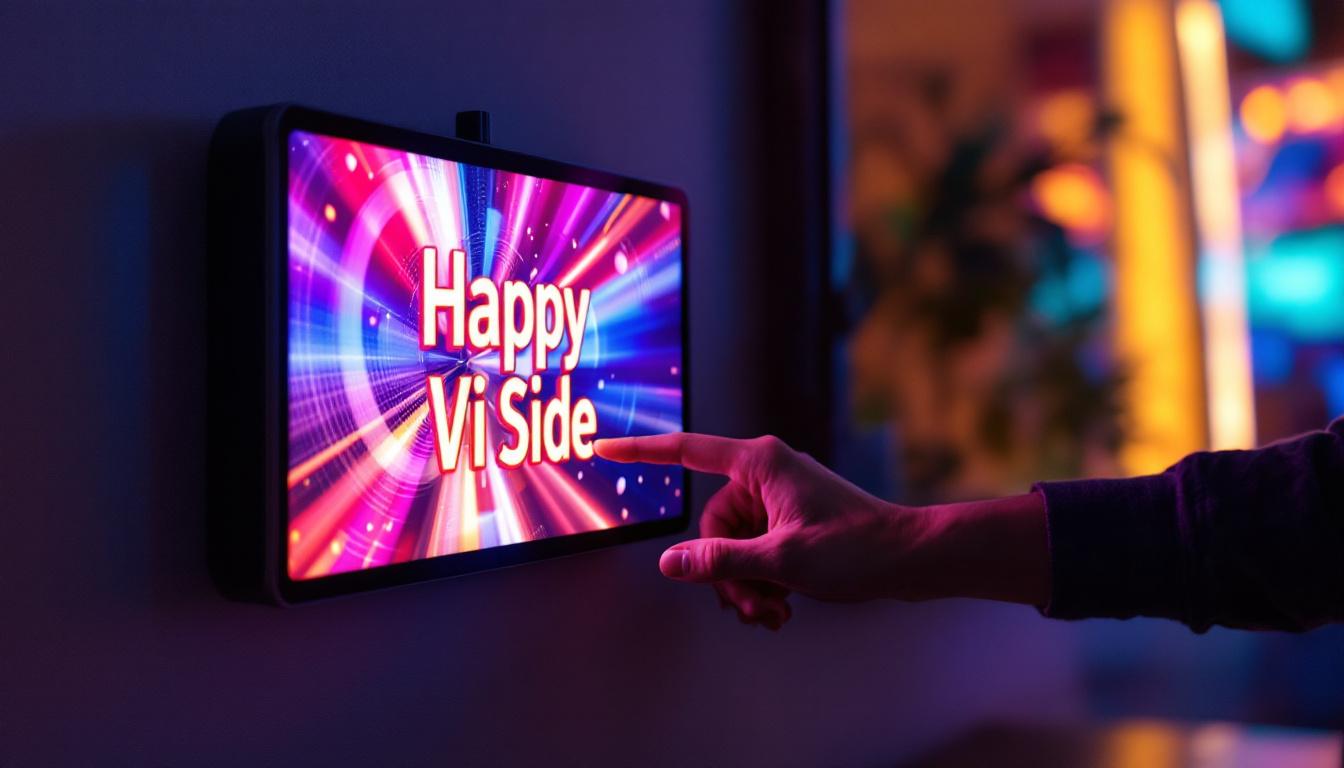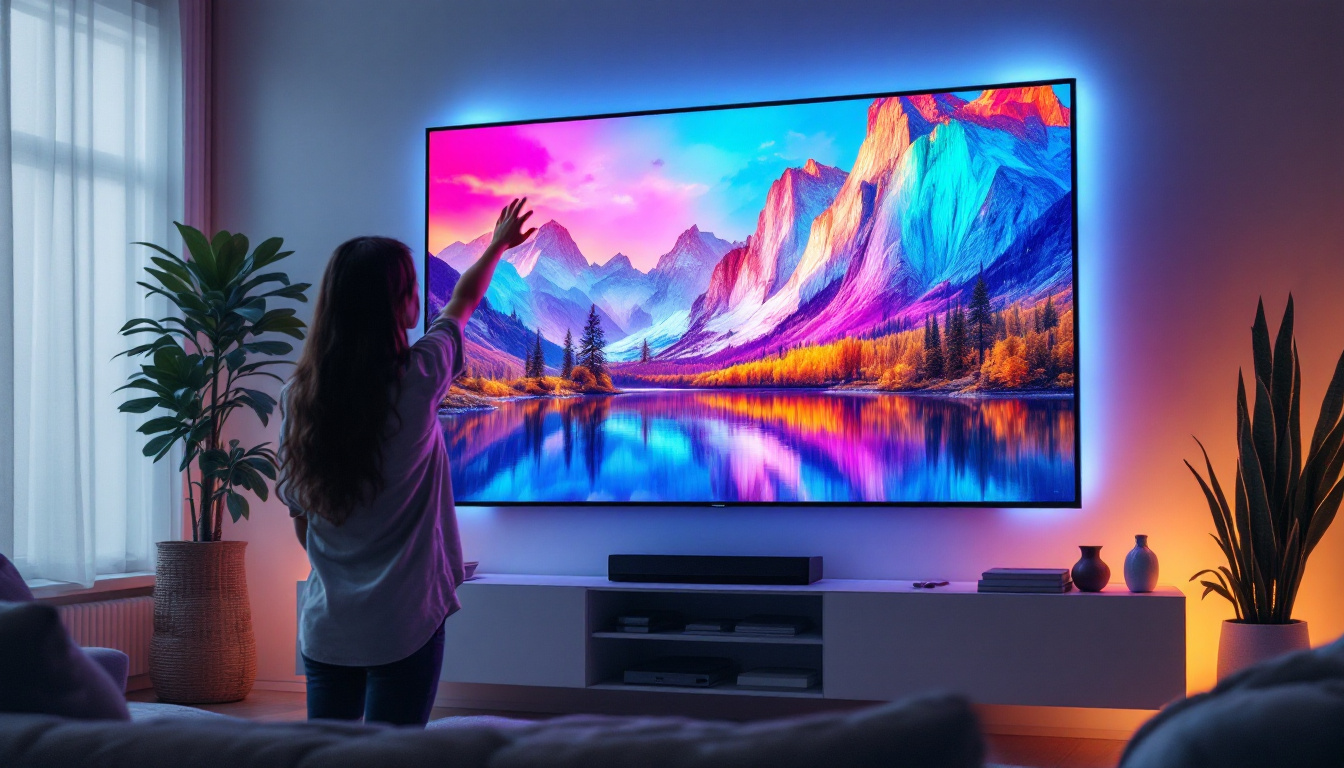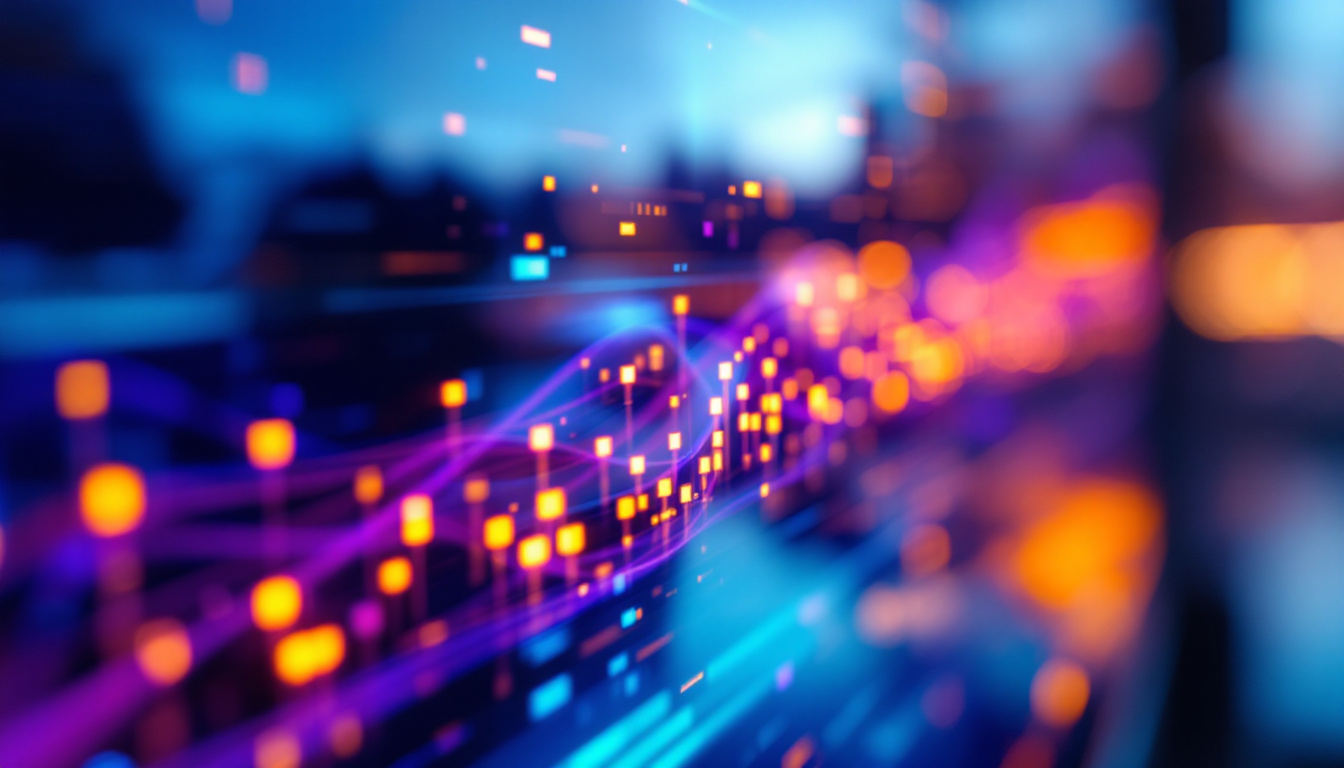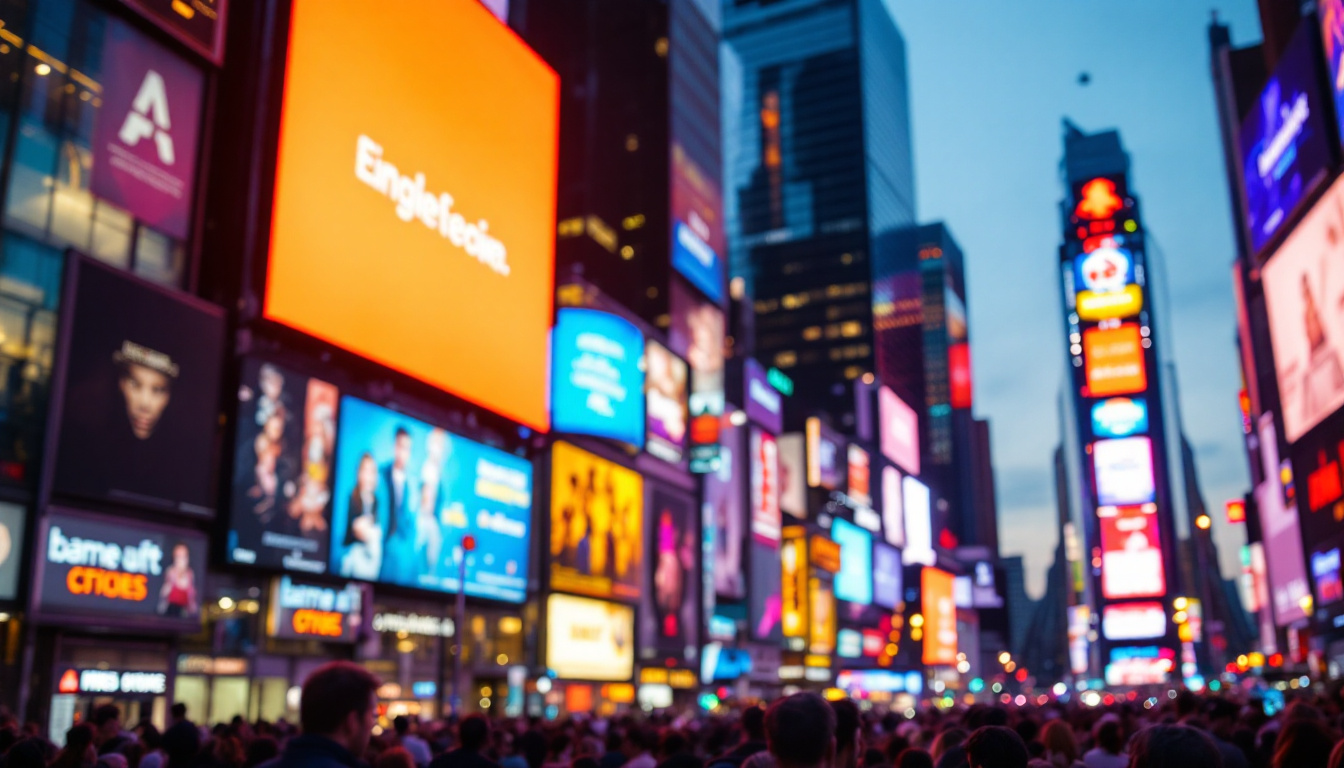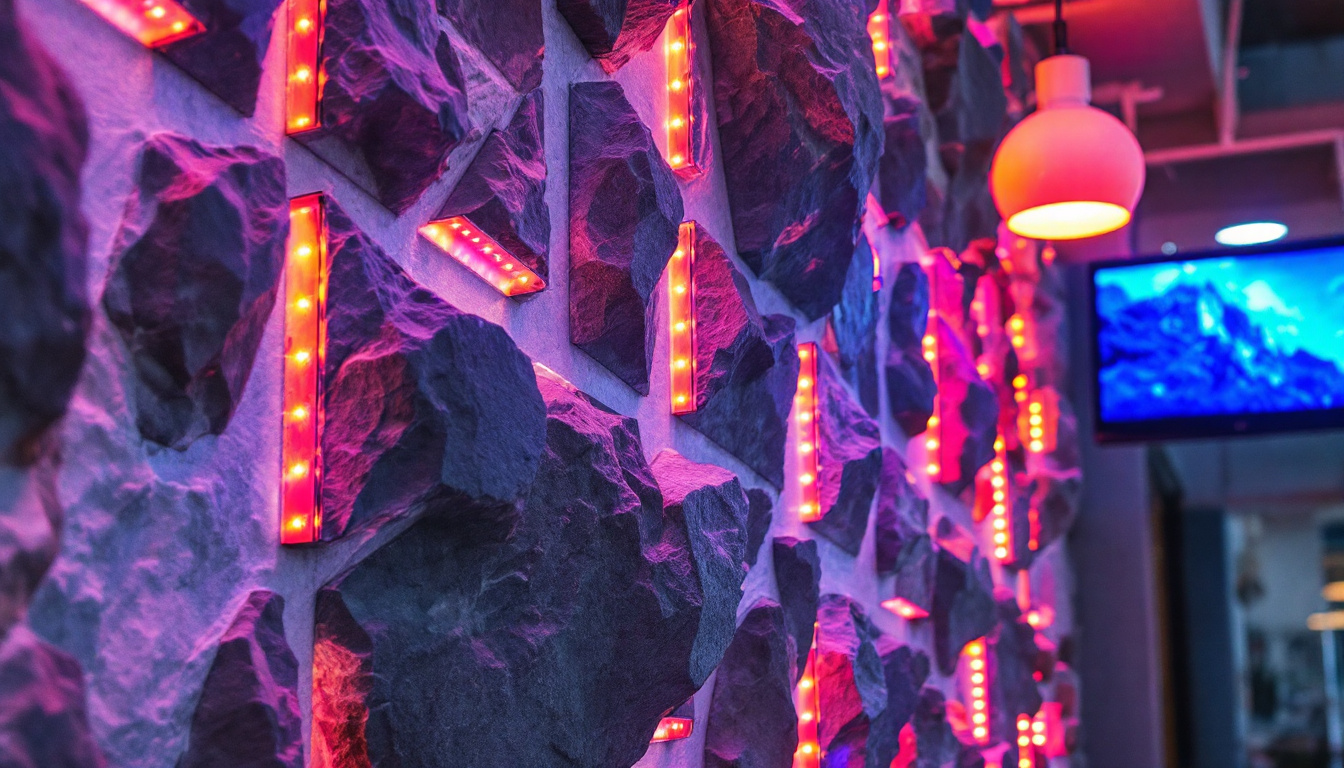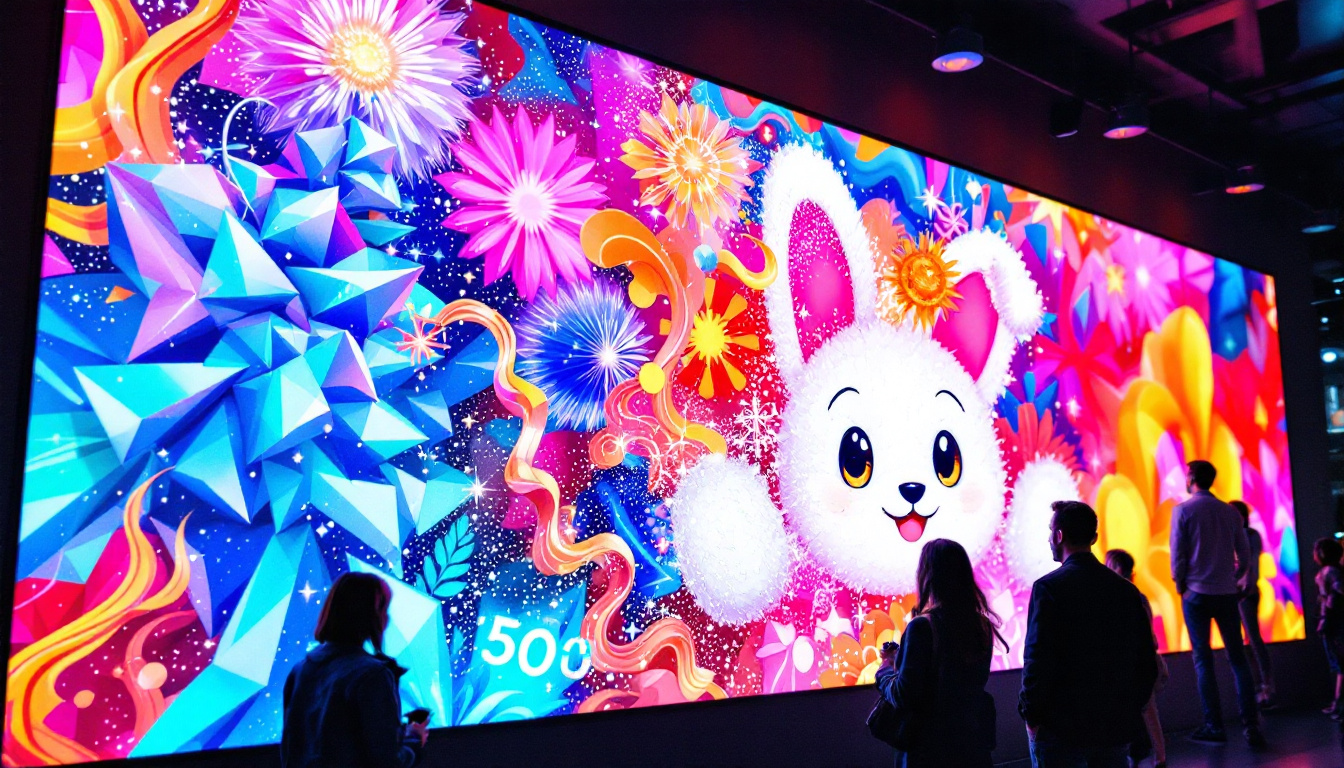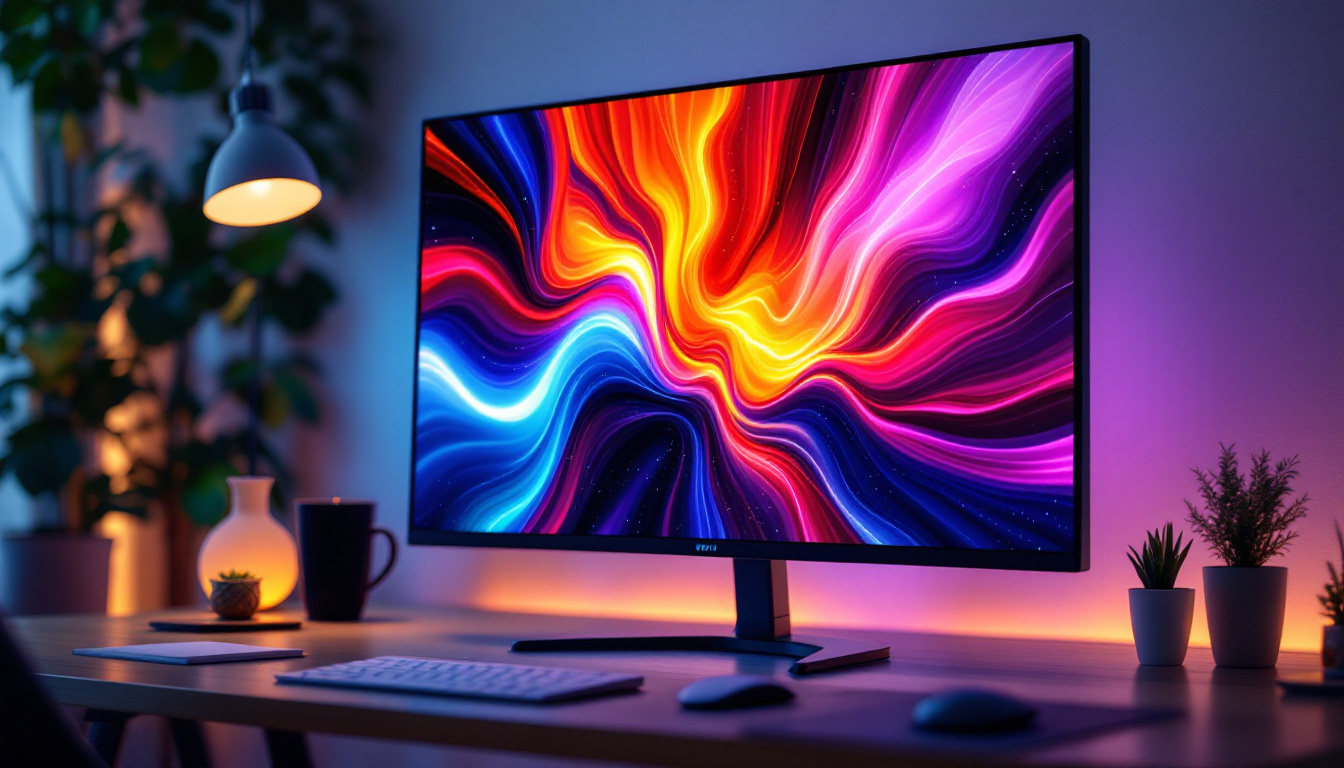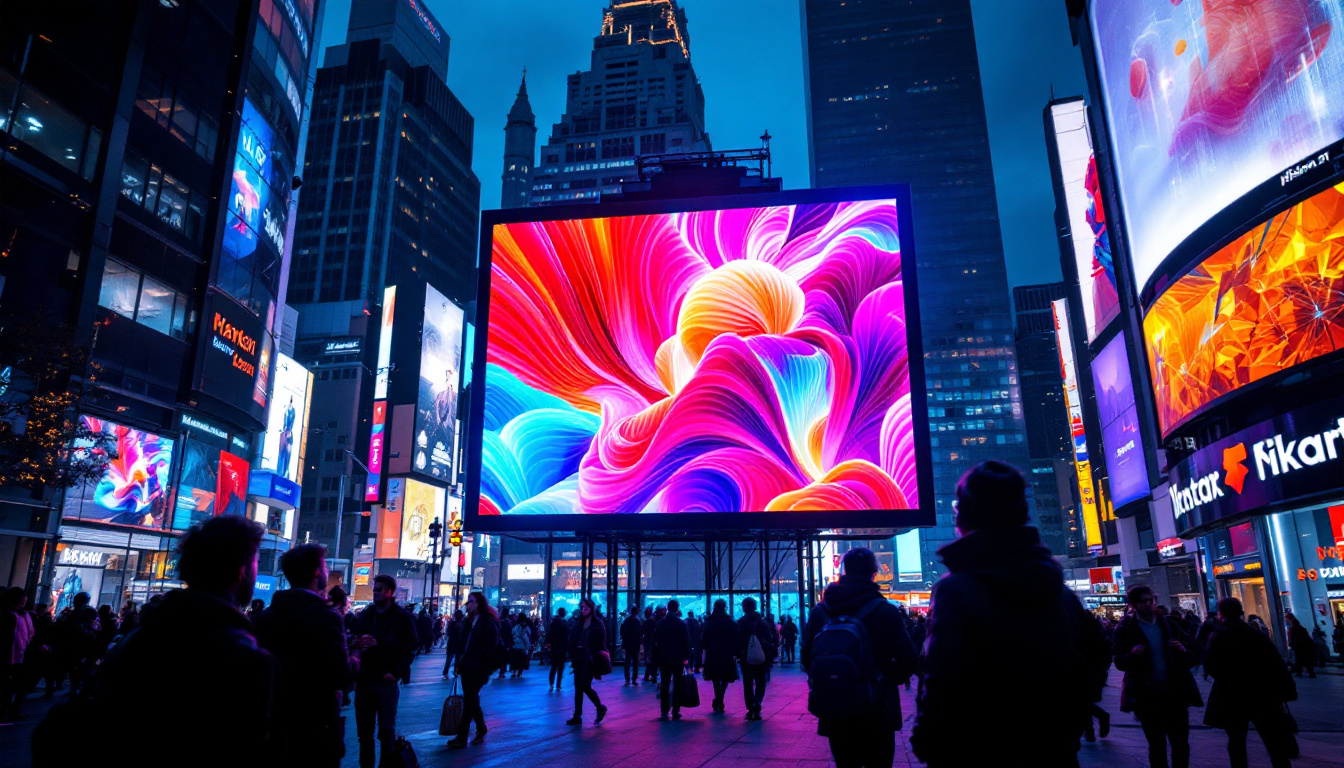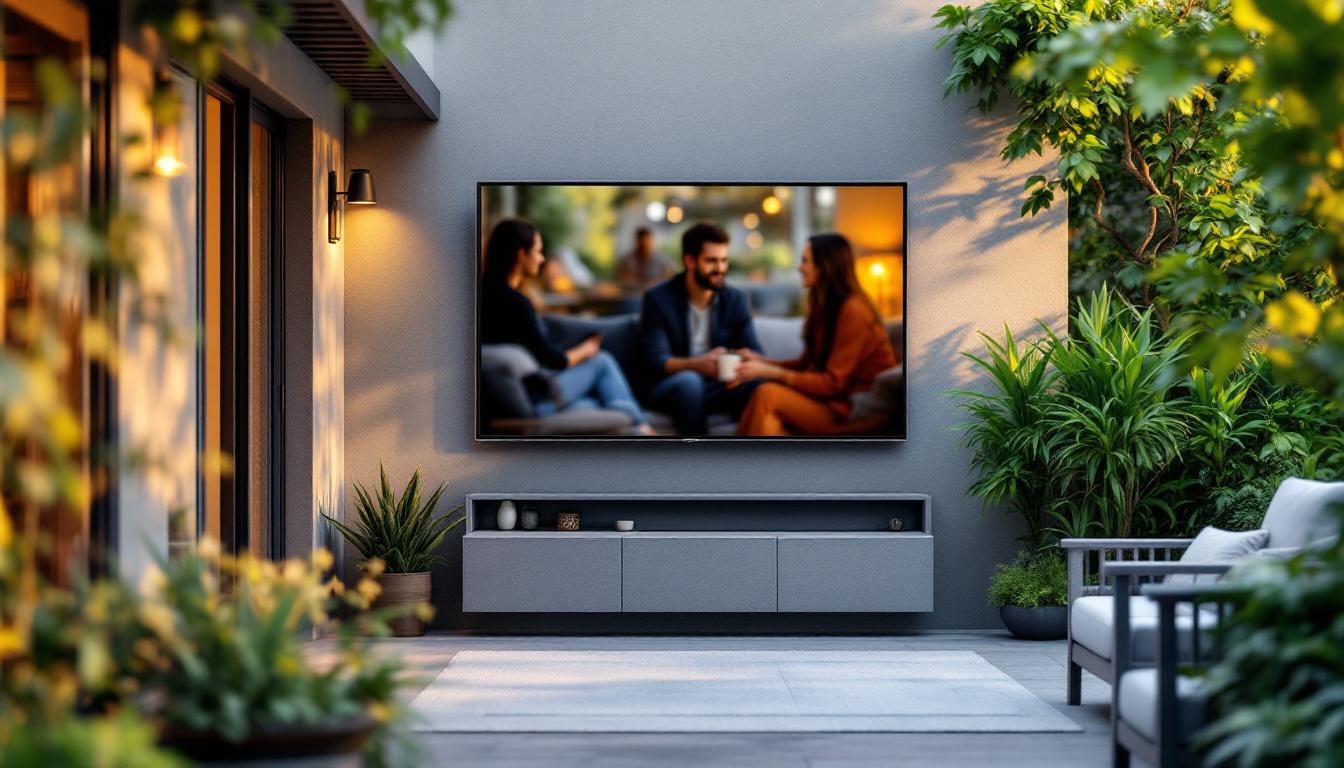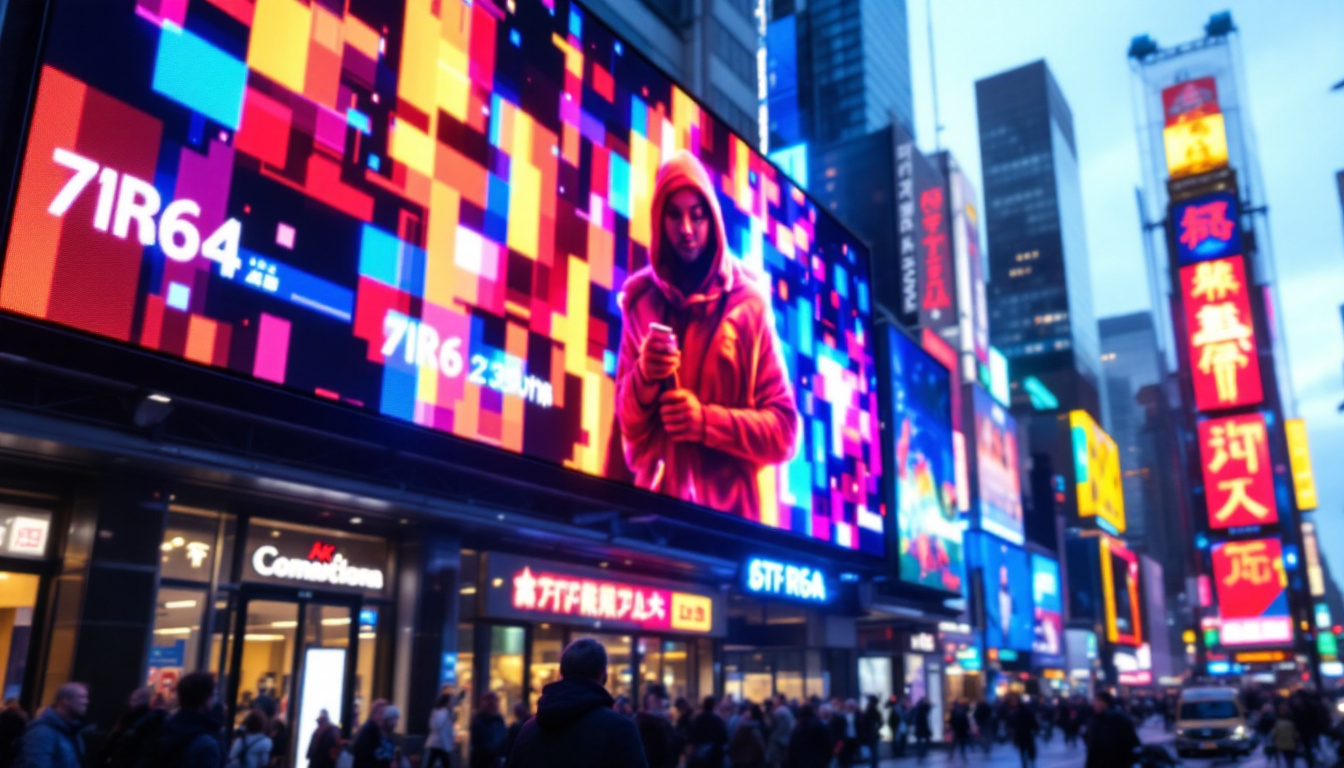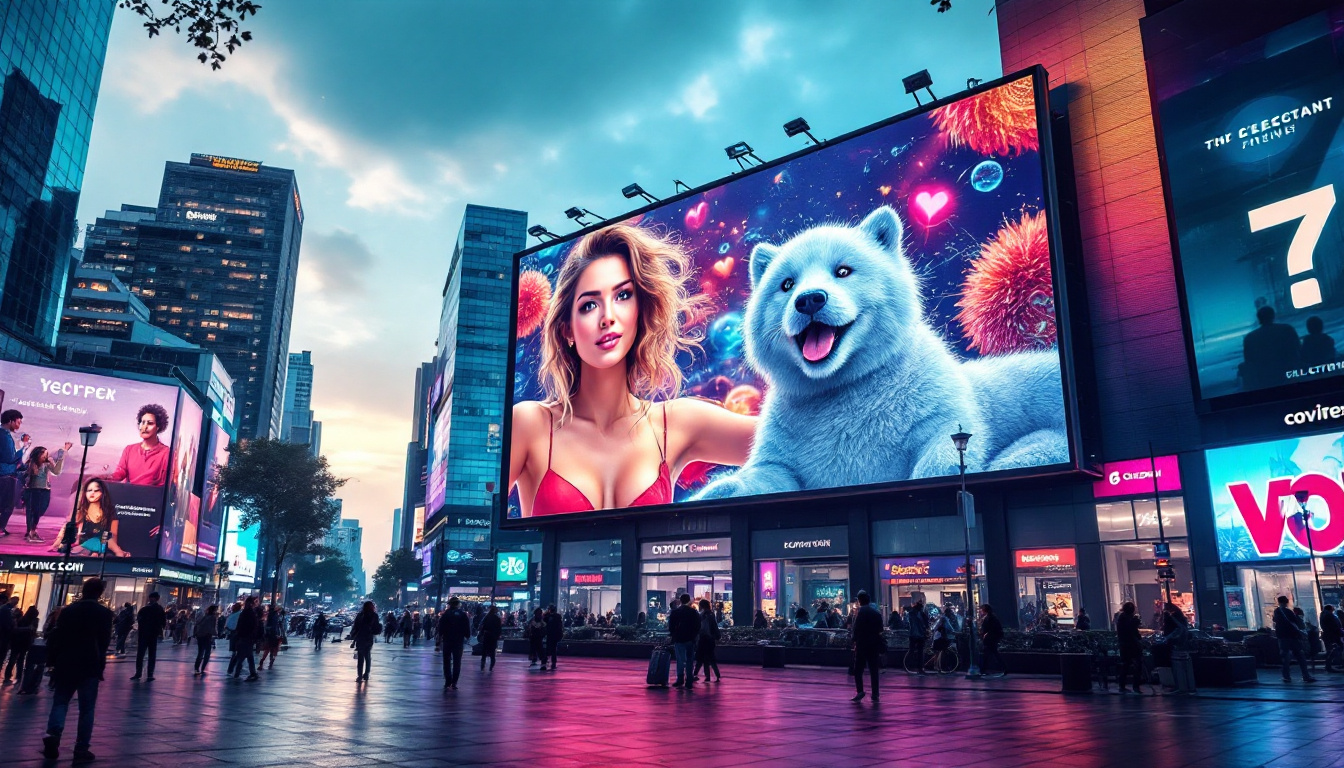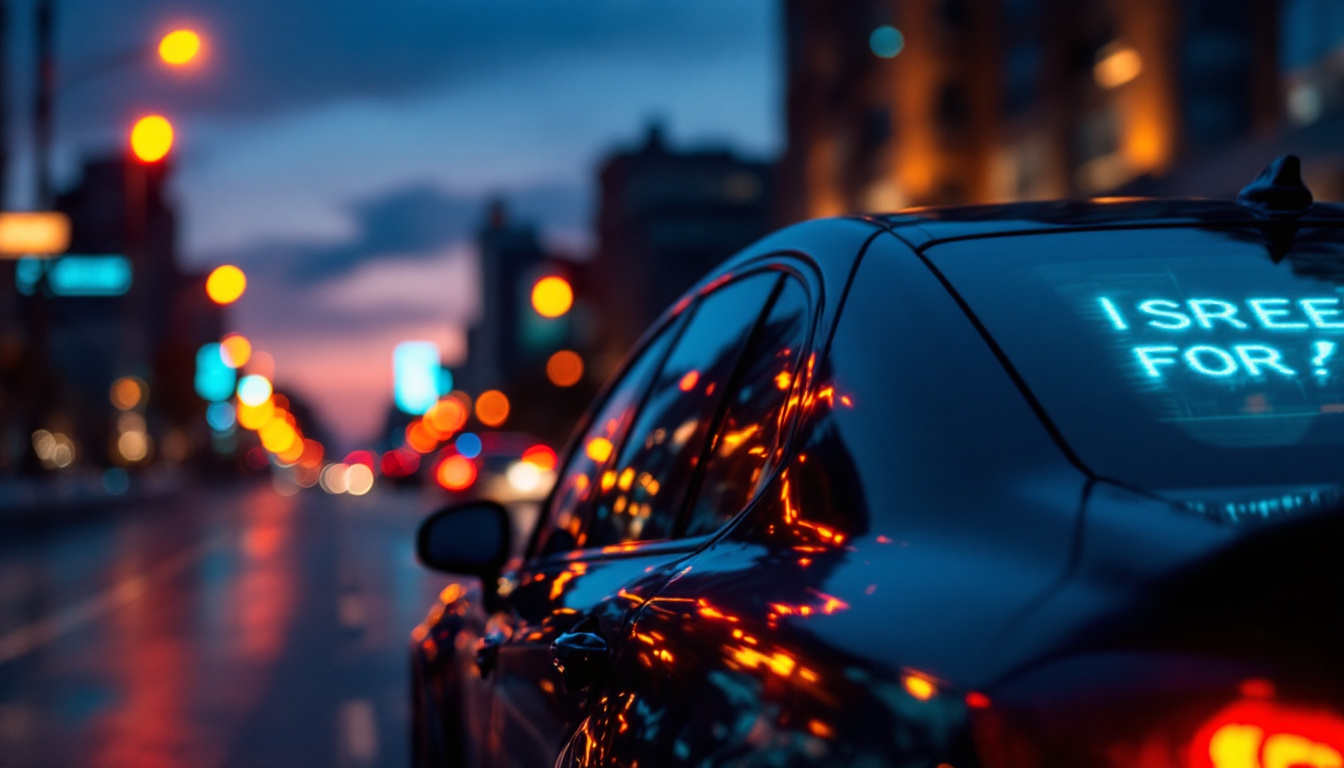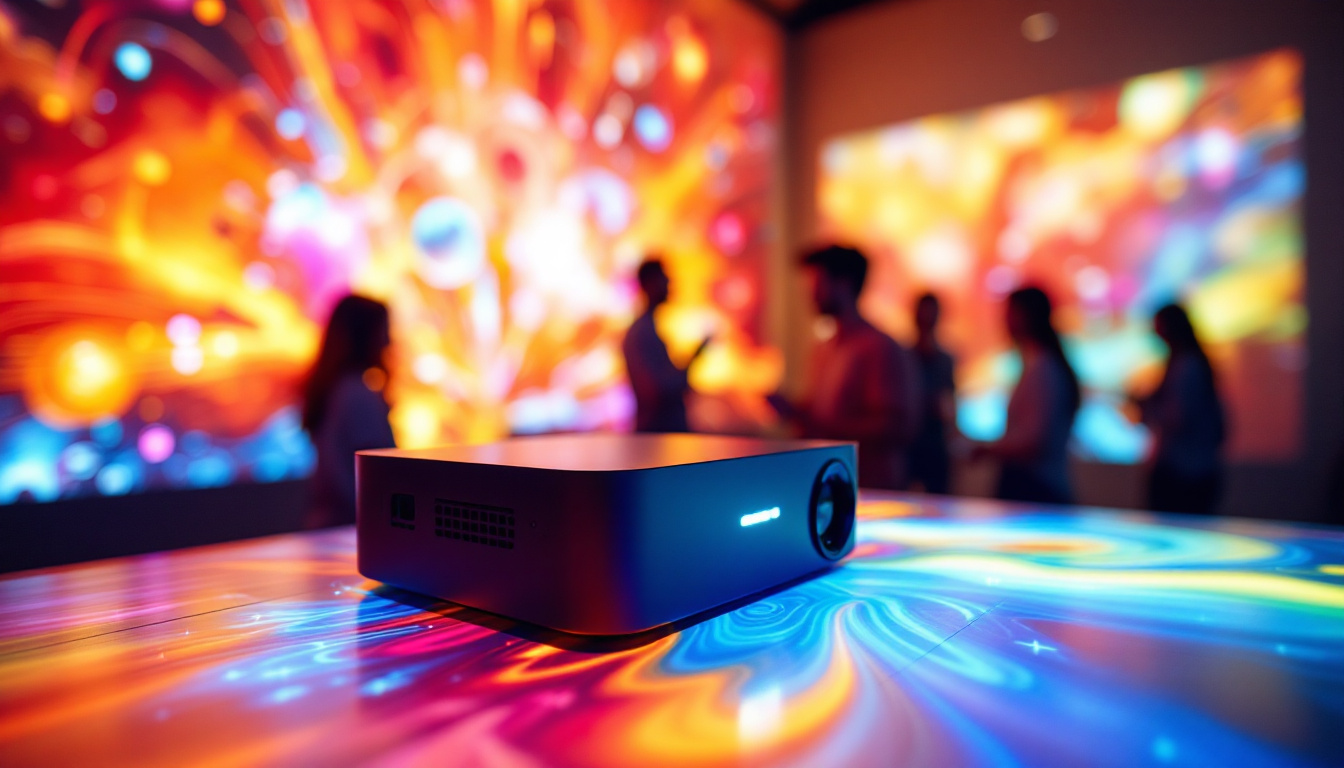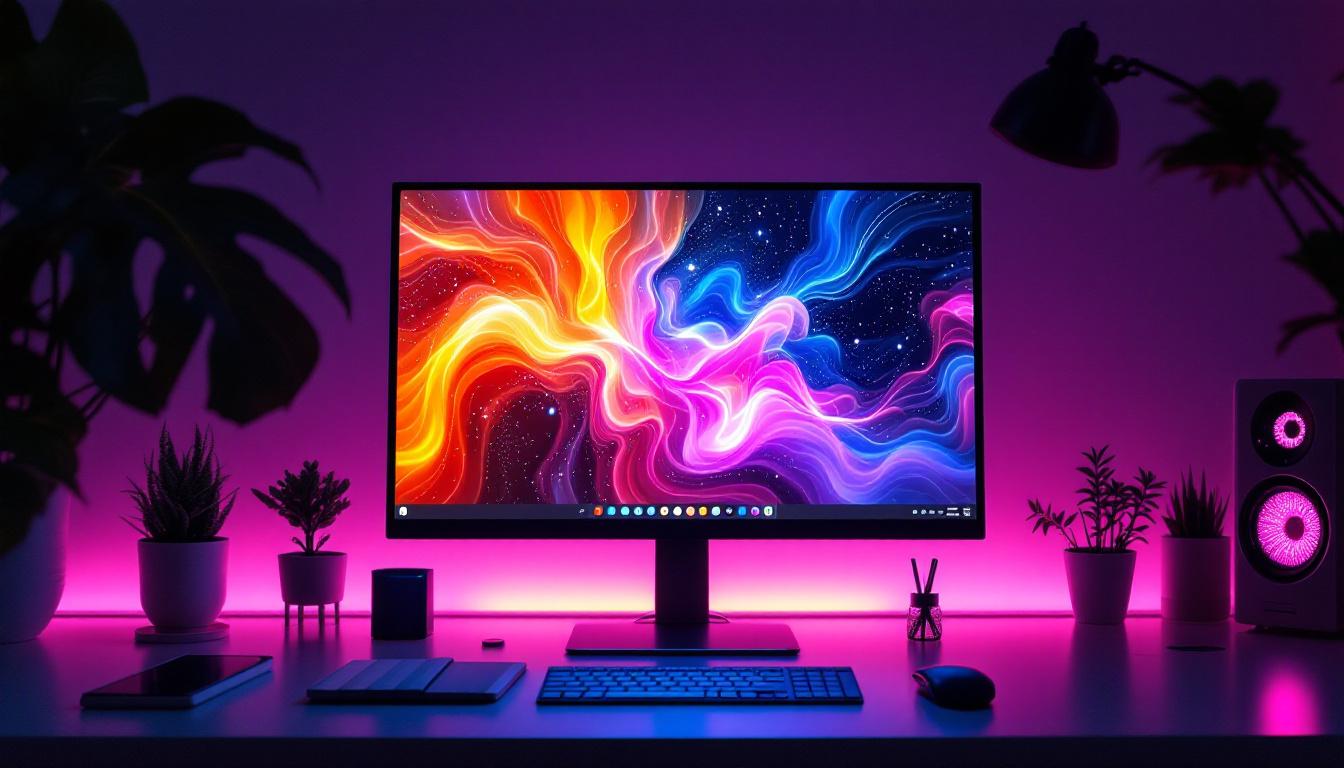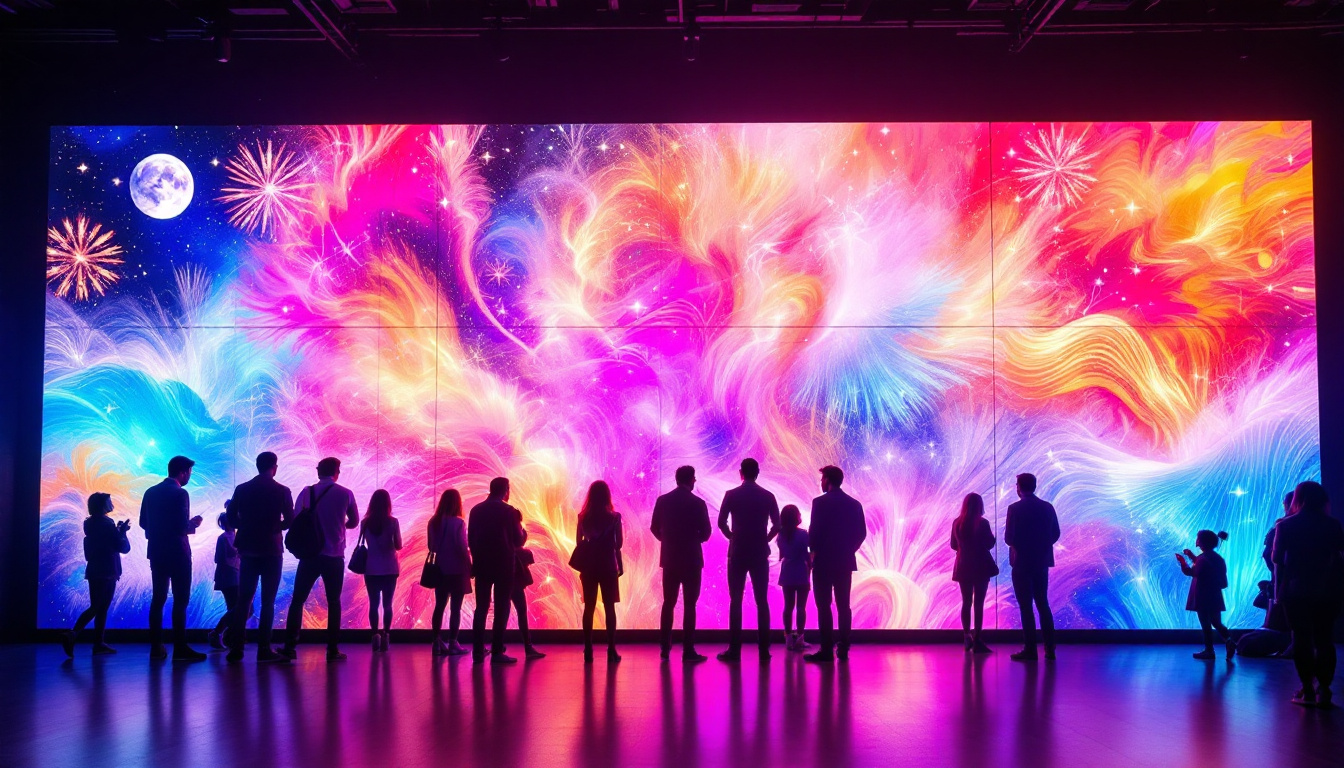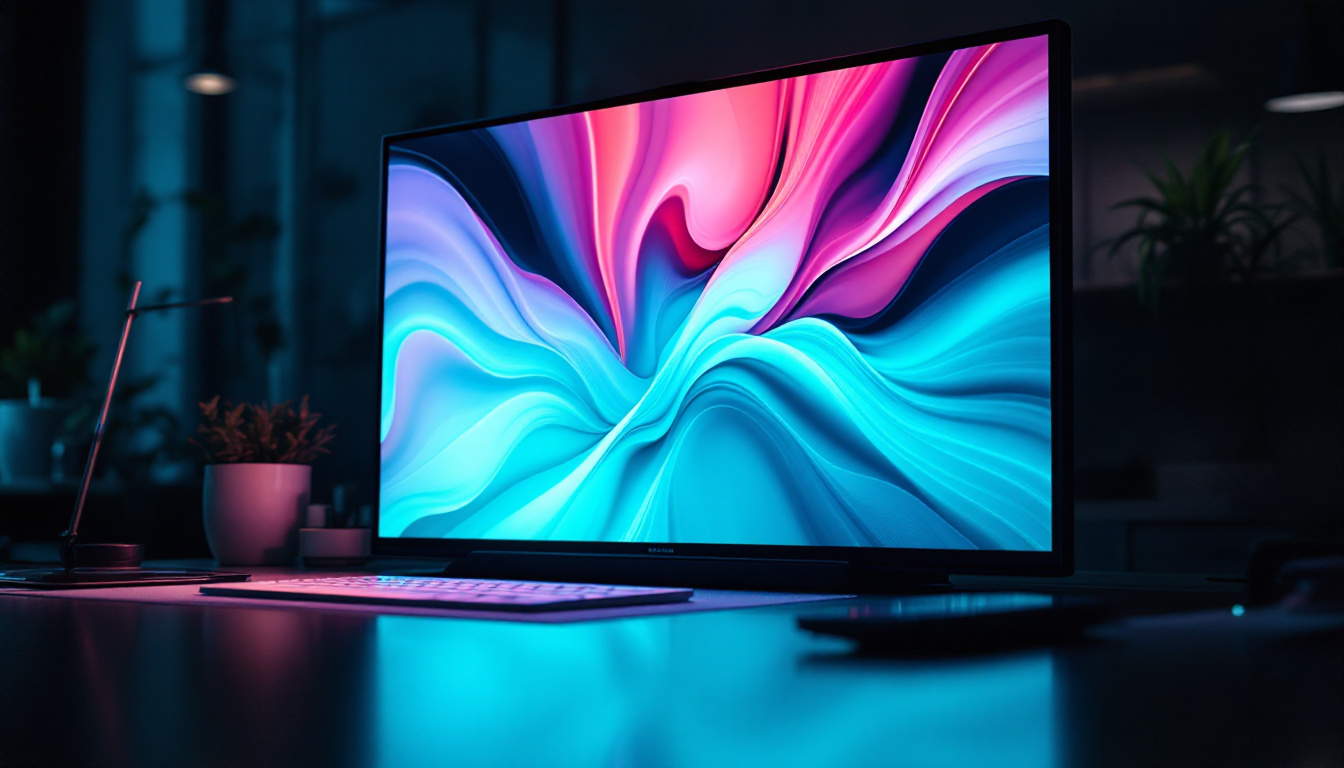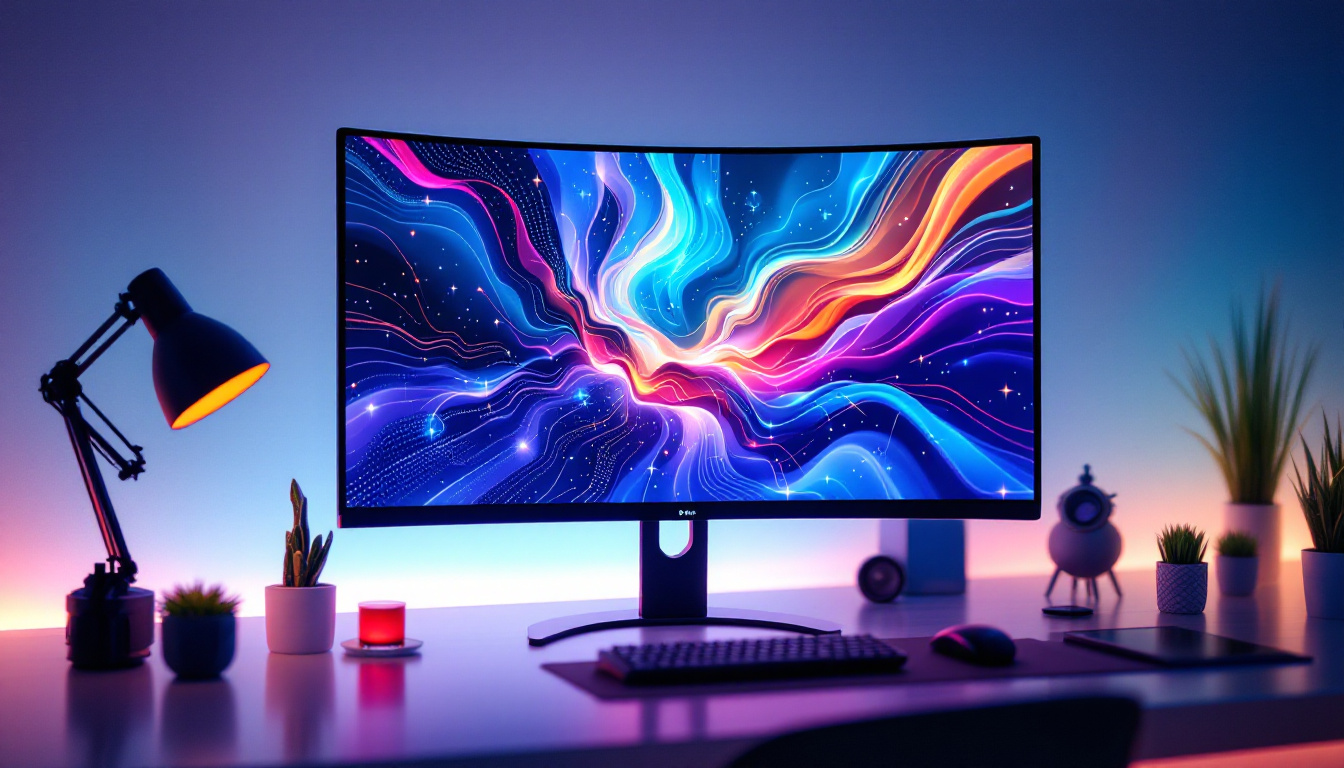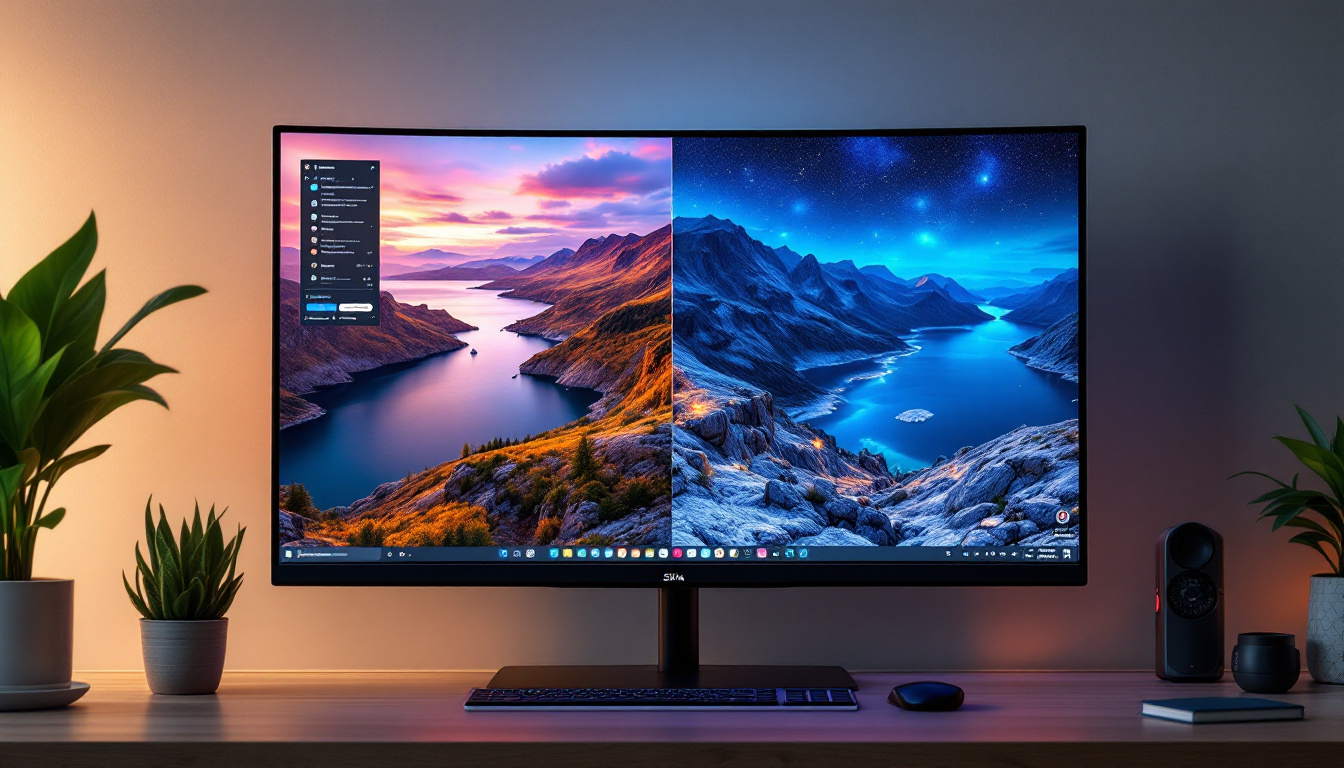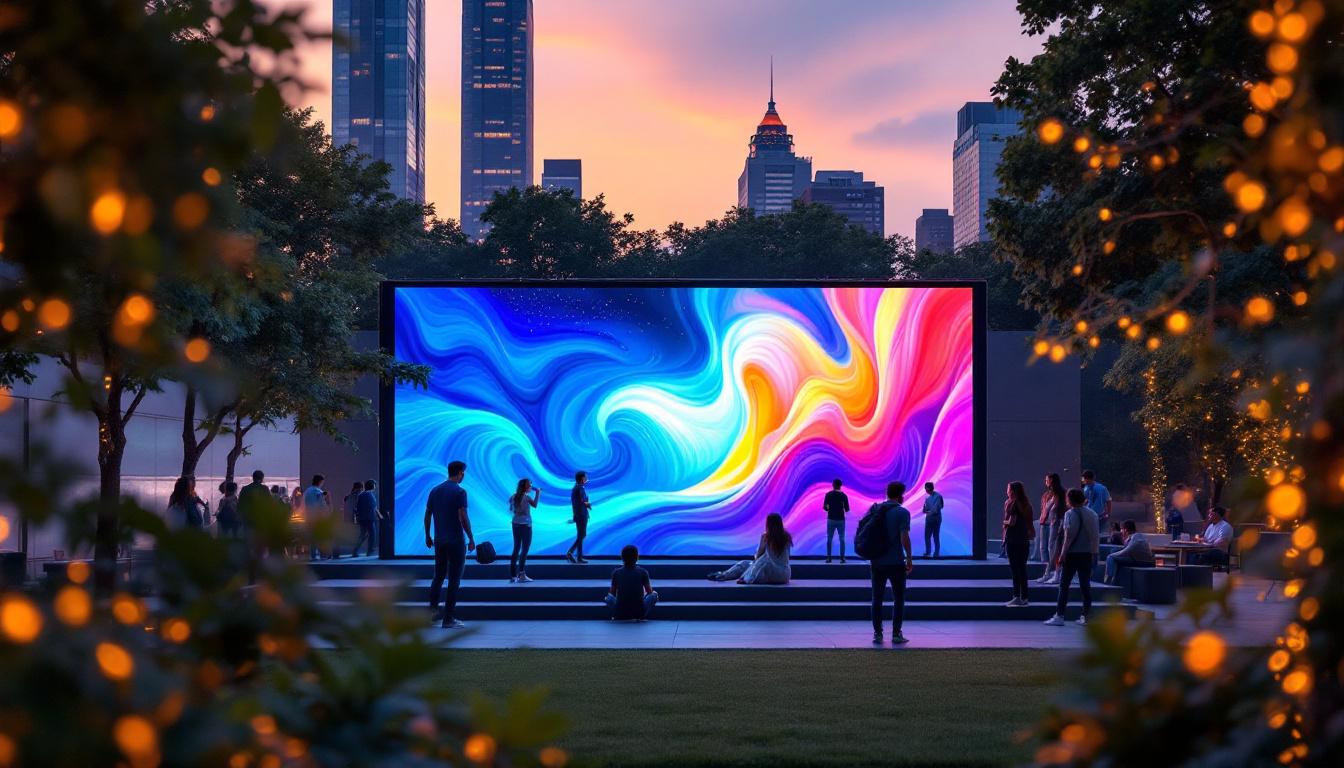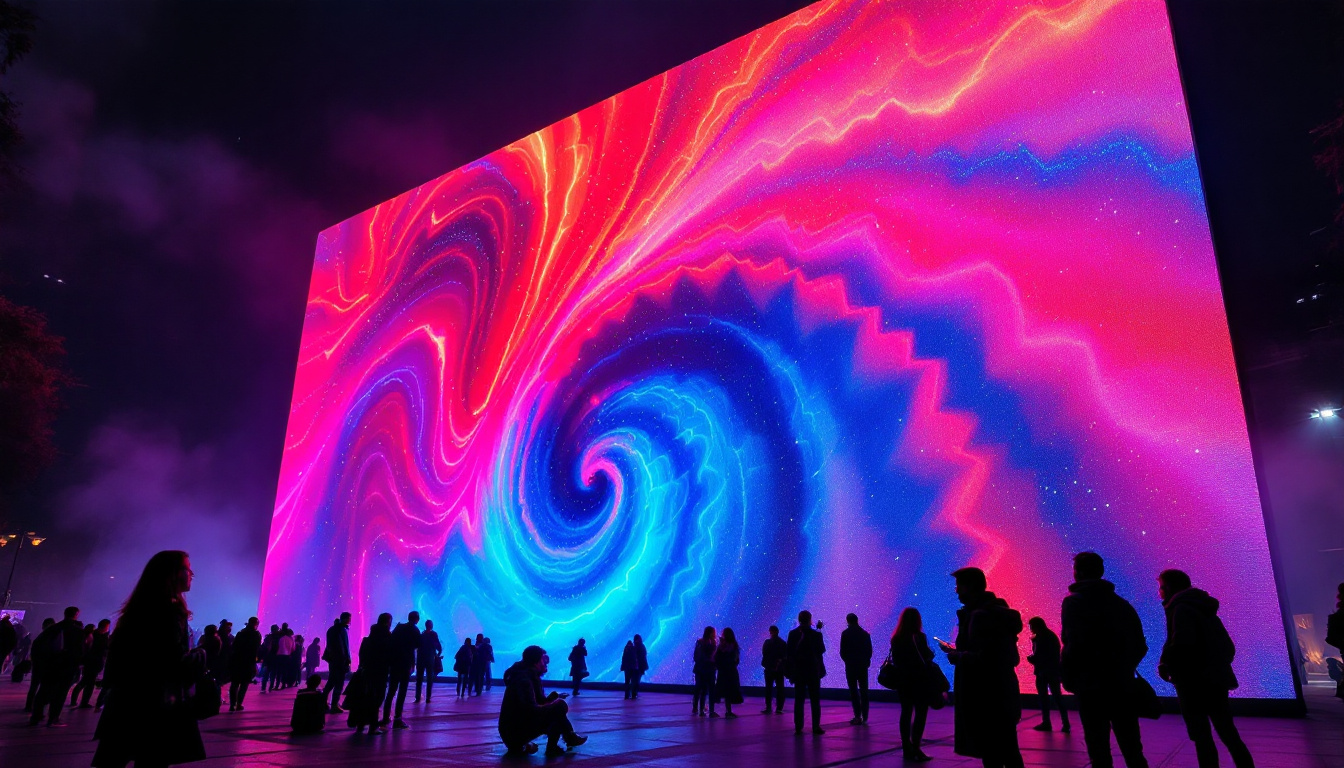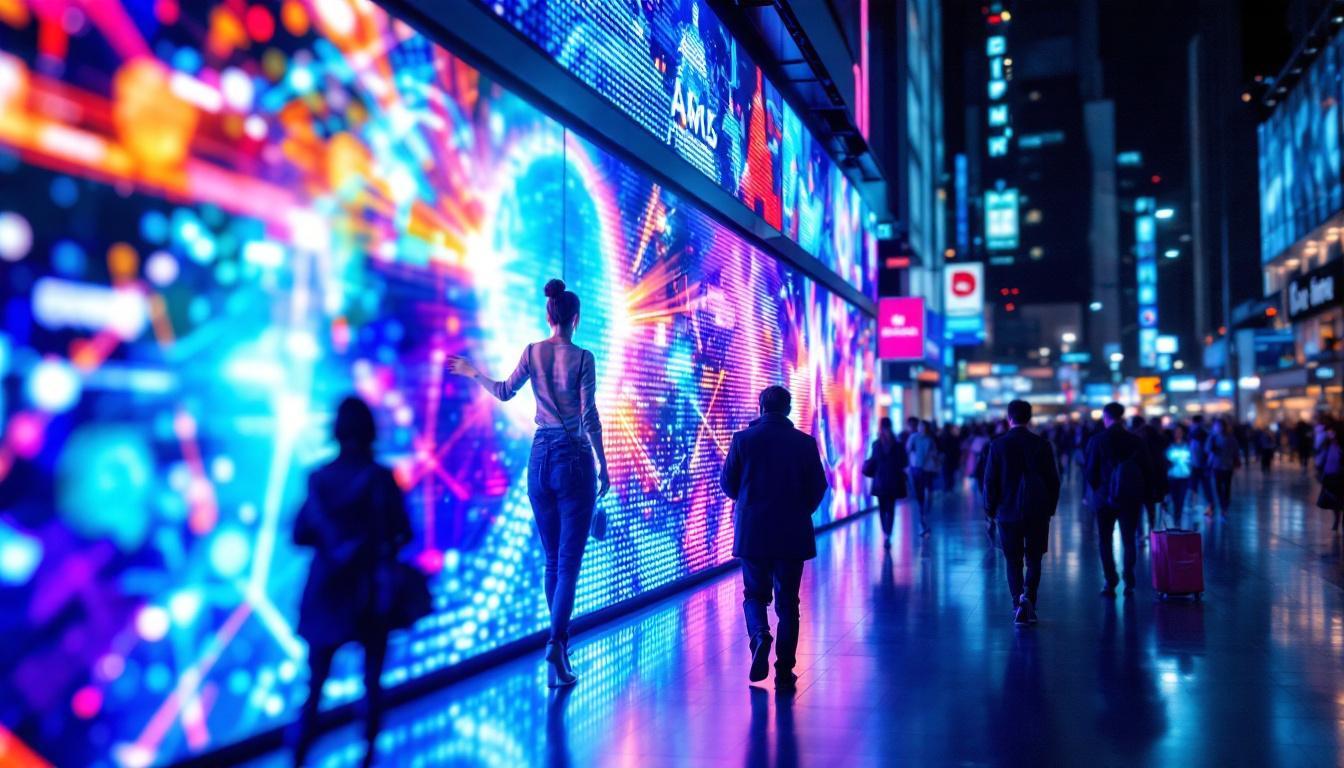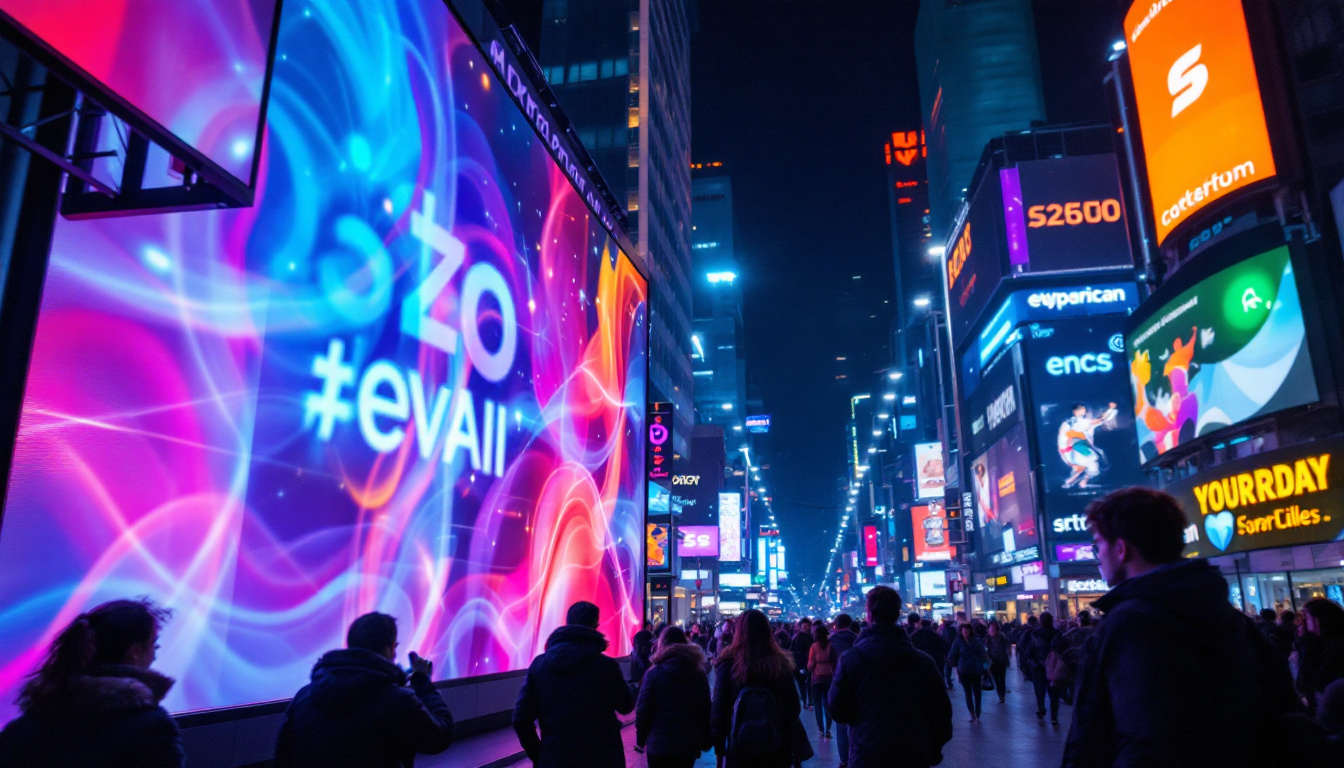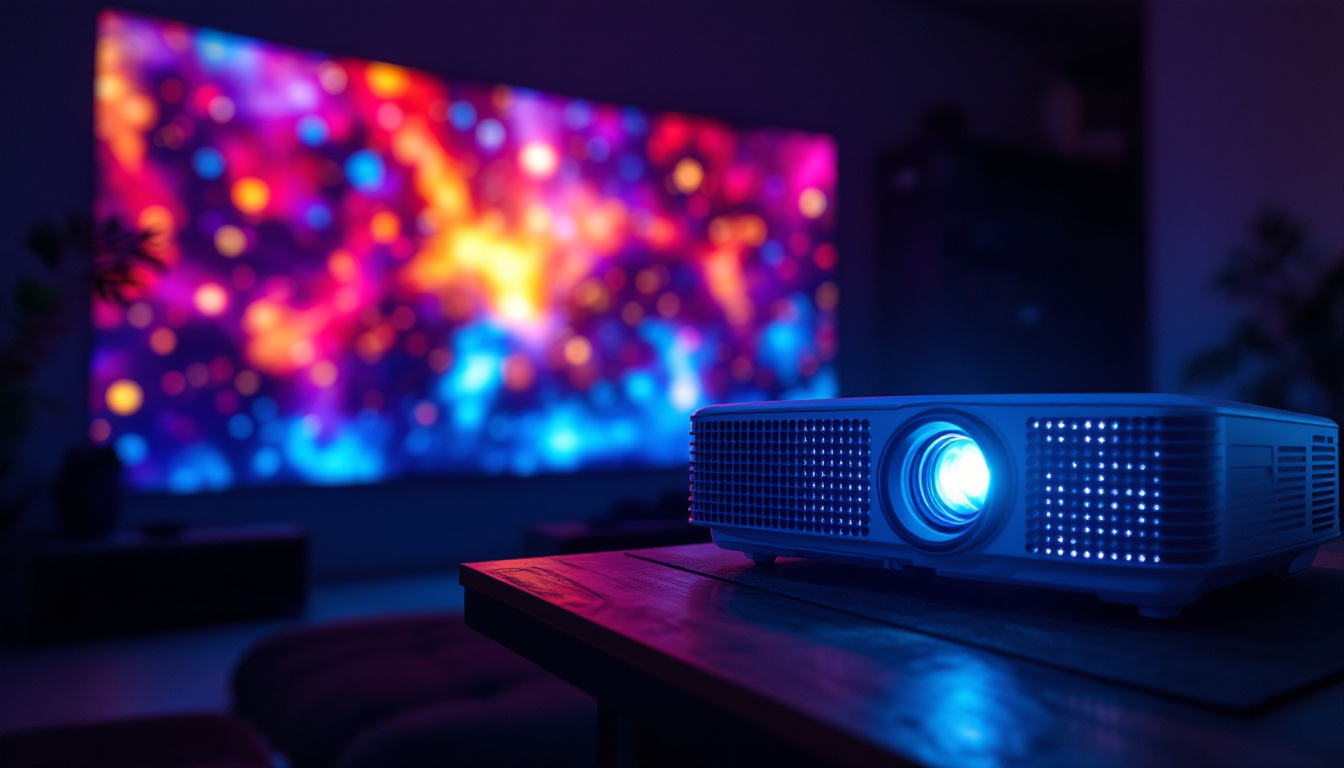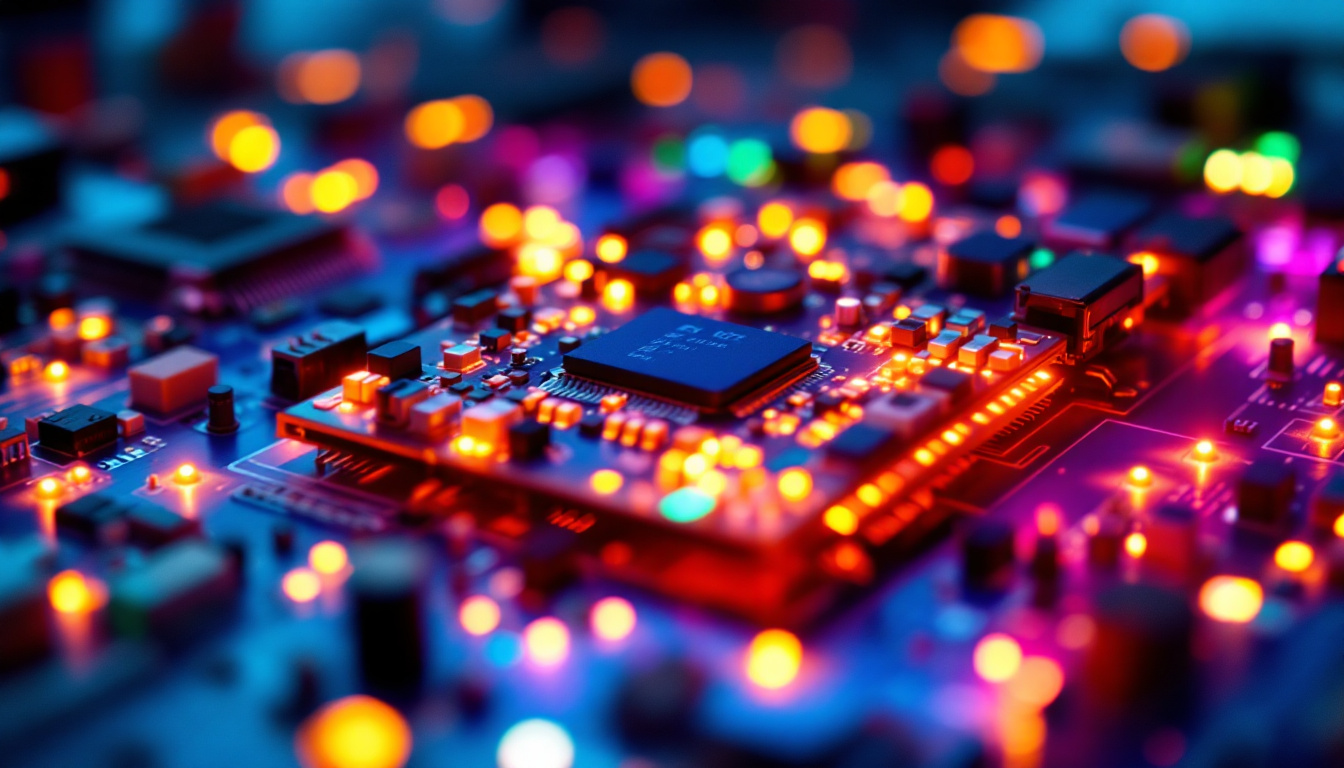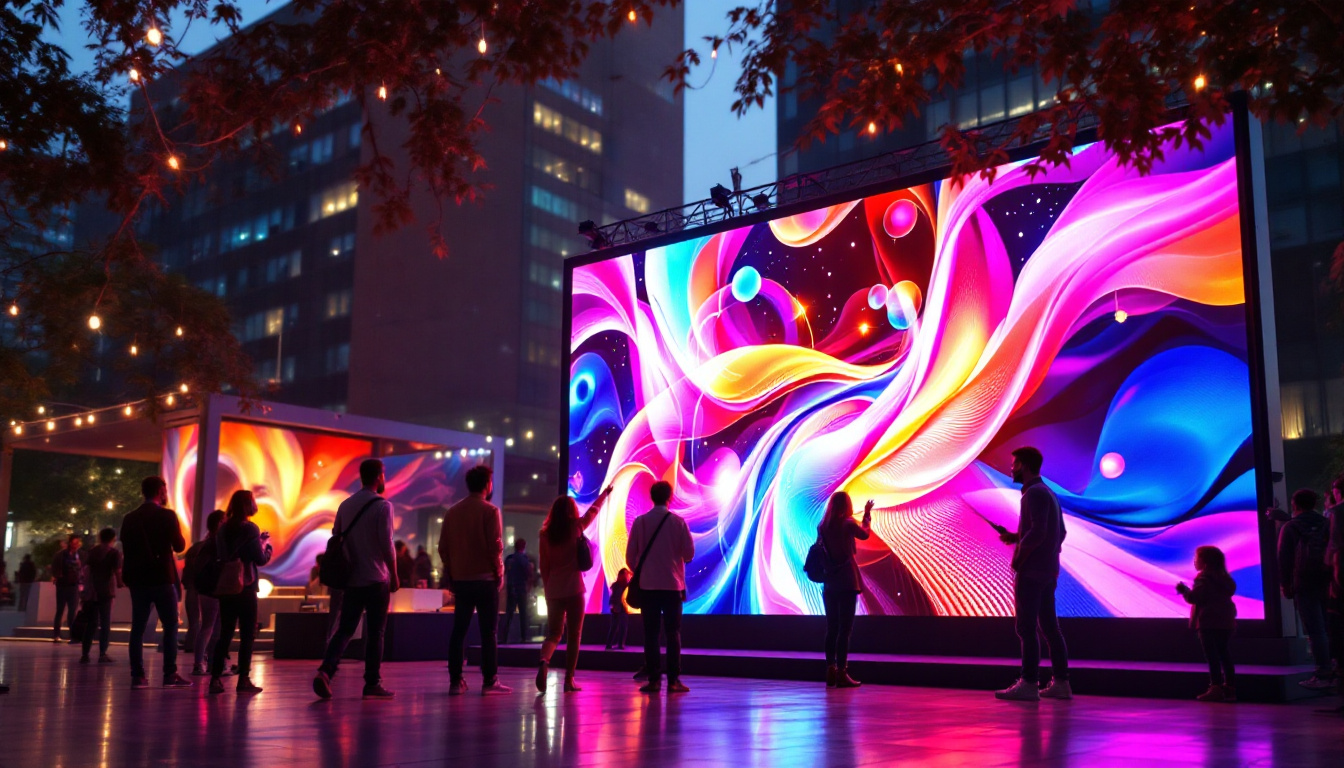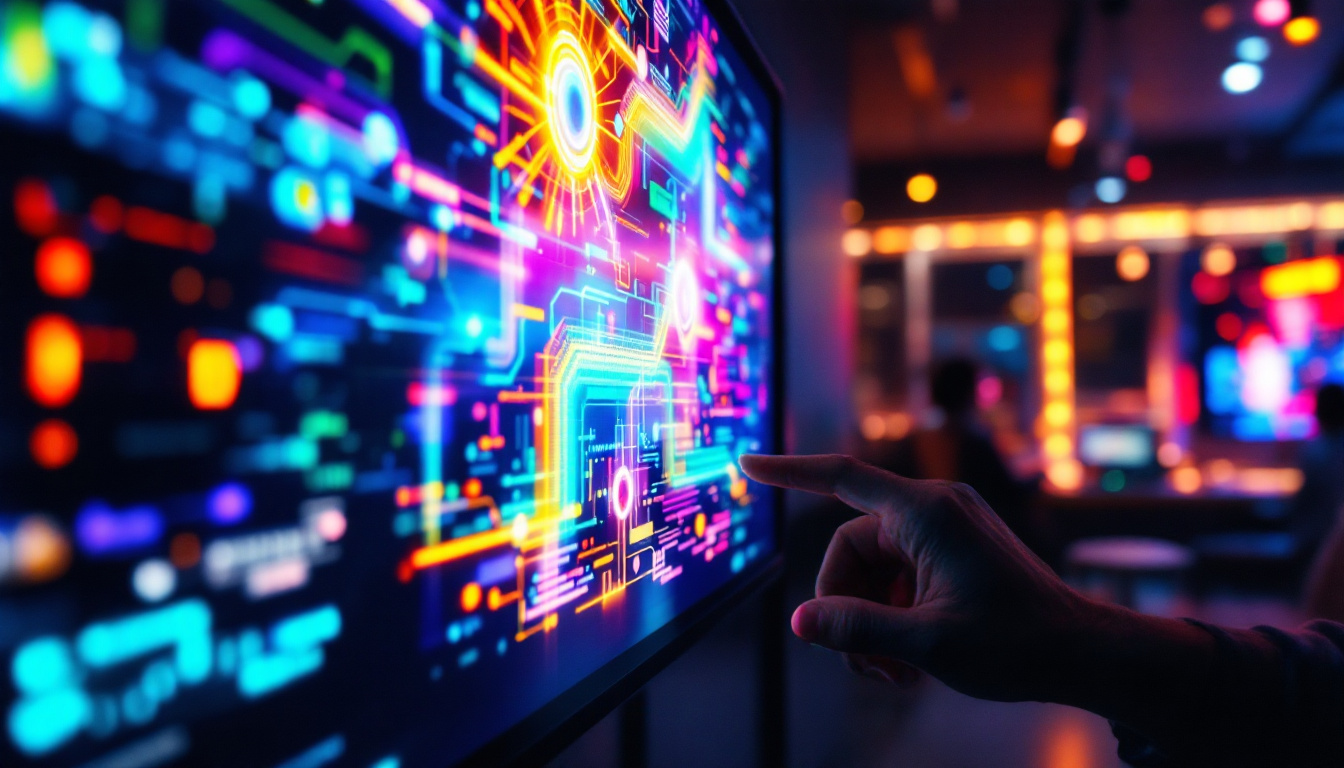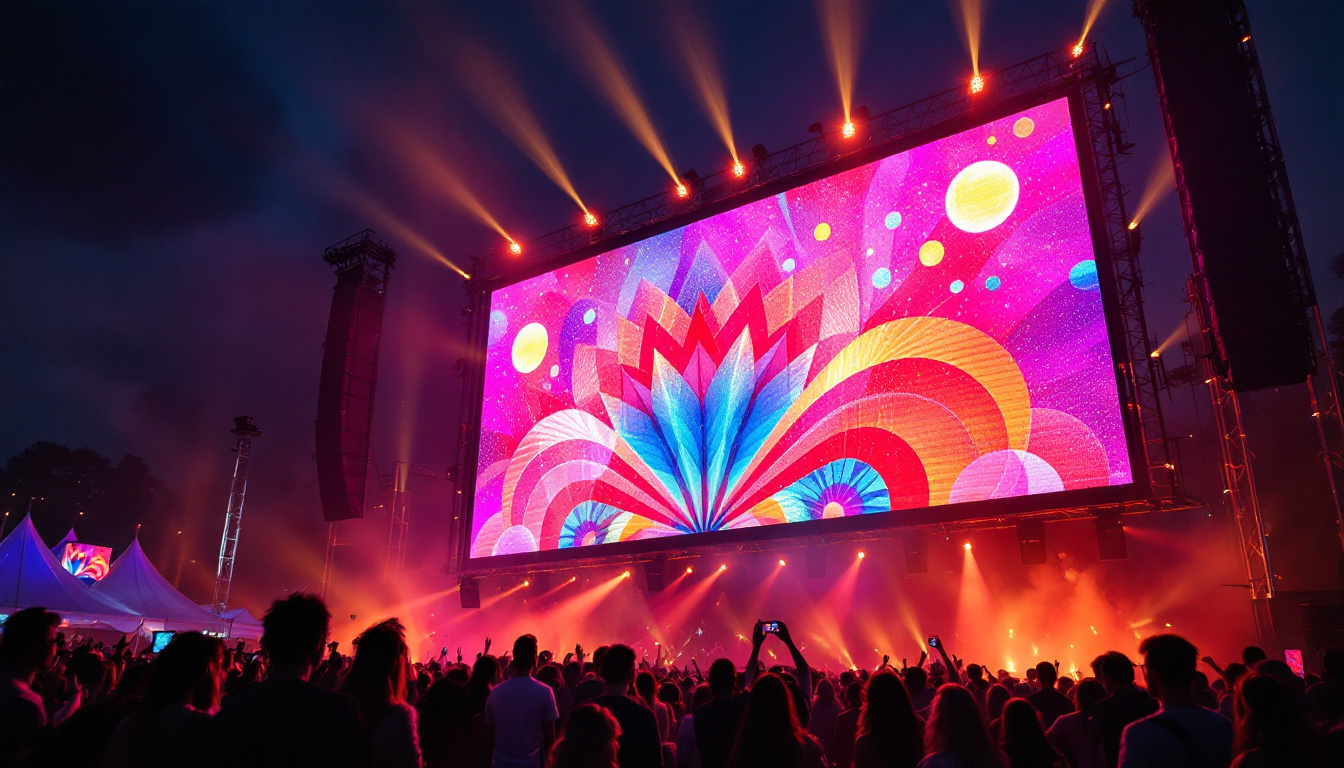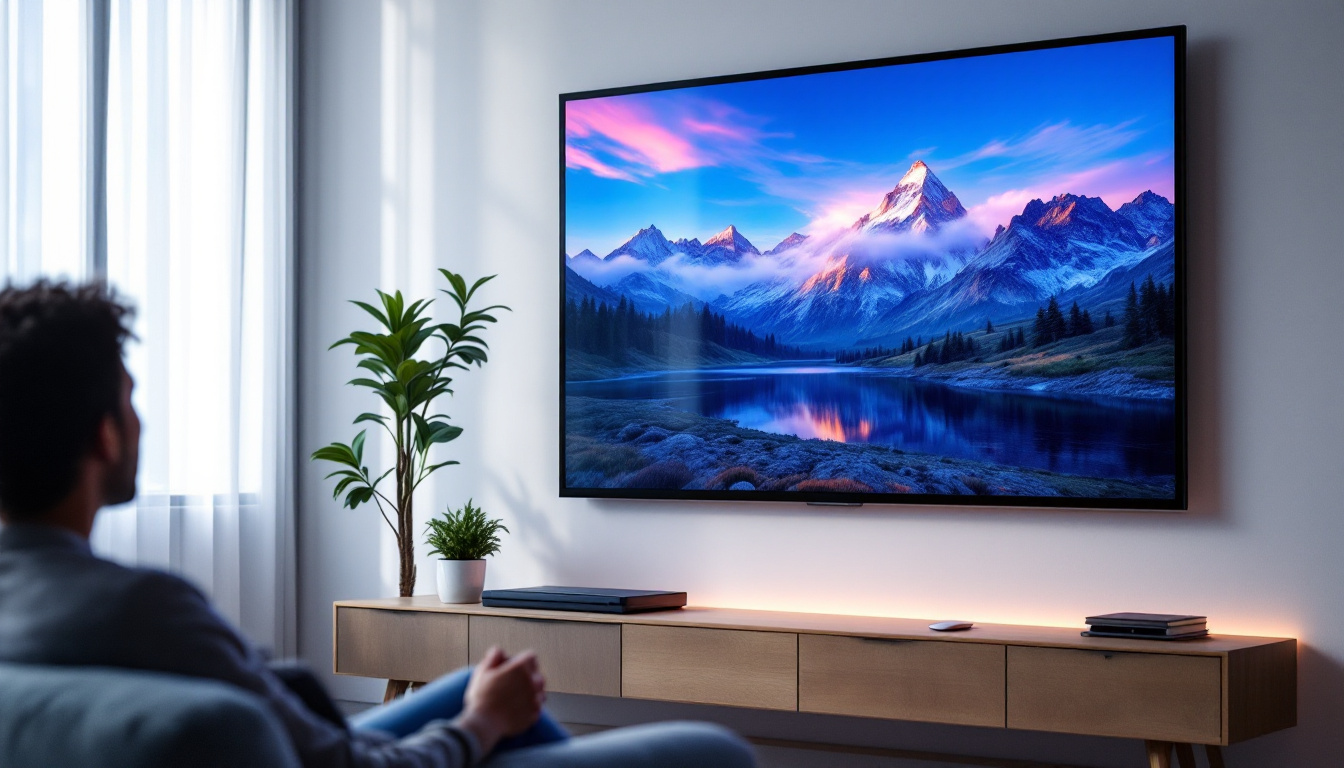The rise of LED technology has transformed various industries, particularly in the realm of advertising and event management. One of the most striking applications of this technology is the back wall design featuring LED displays. These installations not only serve functional purposes but also enhance the aesthetic appeal of spaces, making them ideal for concerts, trade shows, and corporate events. This article delves into the intricacies of back wall design using LED displays, exploring their benefits, design considerations, and future trends.
Understanding LED Displays
LED displays are digital screens that utilize light-emitting diodes to present images and videos. Unlike traditional displays, LED technology offers superior brightness, energy efficiency, and longevity. This section will explore the fundamental aspects of LED displays, including their types and functionalities.
Types of LED Displays
LED displays come in various types, each suited for different applications. The most common types include:
- Indoor LED Displays: These displays are designed for indoor environments, offering high resolution and vibrant colors. They are often used in venues such as theaters, conference rooms, and retail spaces.
- Outdoor LED Displays: Built to withstand the elements, outdoor LED displays are larger and brighter. They are typically used for billboards, stadiums, and large public events.
- Transparent LED Displays: This innovative type allows for visibility through the screen while displaying content. They are increasingly popular in retail environments where showcasing products behind the display is essential.
How LED Displays Work
LED displays function by illuminating individual pixels made up of red, green, and blue (RGB) diodes. By adjusting the intensity of each color, a wide spectrum of colors can be produced. This technology allows for dynamic content that can be updated in real-time, making LED displays ideal for advertising and information dissemination.
In addition to their vibrant color capabilities, LED displays are also known for their impressive refresh rates, which contribute to smooth video playback and reduce motion blur. This characteristic is particularly beneficial in environments where fast-moving visuals are common, such as sports arenas or concert venues. Furthermore, advancements in LED technology have led to the development of high-definition and ultra-high-definition displays, providing even greater clarity and detail in the images presented.
Another significant advantage of LED displays is their adaptability to various environments and uses. For instance, modular LED panels can be configured in countless shapes and sizes, allowing for creative installations that can transform any space. This flexibility is not only aesthetically pleasing but also enhances the functionality of the display, making it suitable for everything from immersive art installations to interactive advertising experiences. As technology continues to evolve, the potential applications for LED displays will only expand, paving the way for innovative solutions in communication and entertainment.
Benefits of Using LED Displays in Back Wall Design
Incorporating LED displays into back wall designs offers numerous advantages that can significantly enhance the overall experience of an event or venue. Here are some key benefits:
Enhanced Visual Appeal
One of the most compelling reasons to use LED displays is their ability to create stunning visual experiences. The brightness and clarity of LED screens can capture the attention of audiences, making them perfect for events where engagement is crucial. Whether it’s a concert backdrop or a corporate presentation, a well-designed LED display can elevate the overall aesthetic. The vibrant colors and sharp images provided by LED technology can transform a mundane space into a dynamic environment, drawing attendees in and keeping their focus on the content being presented.
Moreover, the ability to display high-definition video content allows event organizers to tell a story or convey a message in a visually captivating way. This is particularly beneficial for marketing events, where brands can showcase their products or services through eye-catching visuals that resonate with the audience. The immersive experience created by LED displays can lead to increased brand recall and a more memorable event overall.
Versatility and Customization
LED displays are incredibly versatile, allowing for a wide range of content to be showcased. From videos and animations to static images and live feeds, the possibilities are virtually limitless. Furthermore, they can be customized to fit any space or theme, ensuring that the design aligns perfectly with the event’s objectives. This adaptability means that whether you are hosting a trade show, a wedding, or a sports event, LED displays can be tailored to meet specific needs and preferences.
Additionally, the modular nature of many LED systems allows for creative configurations, enabling designers to craft unique shapes and layouts that can complement the overall design scheme. This flexibility not only enhances the visual impact but also allows for seamless integration with other design elements, such as lighting and decor, creating a cohesive and engaging atmosphere for attendees.
Cost-Effectiveness
While the initial investment in LED technology may seem high, the long-term savings can be substantial. LED displays are energy-efficient, consuming less power than traditional lighting solutions. Additionally, their durability means lower maintenance and replacement costs, making them a wise financial choice for businesses and event organizers. The longevity of LED technology also means that once the initial setup is complete, the return on investment can be realized over many events, reducing the overall cost per event significantly.
Furthermore, the ability to easily update content on LED displays eliminates the need for physical materials like printed banners or posters, which can quickly become outdated. This not only saves money but also reduces waste, making LED displays a more environmentally friendly option. As businesses increasingly seek sustainable solutions, the eco-conscious benefits of LED technology become an important consideration in back wall design.
Design Considerations for Back Wall LED Displays
Creating an effective back wall design with LED displays requires careful planning and consideration. Several factors must be taken into account to ensure that the installation meets both aesthetic and functional requirements.
Size and Scale
The size of the LED display is a critical factor in its design. It should be proportionate to the space and the audience. A display that is too small may not be visible from a distance, while one that is too large can overwhelm the space. Conducting a thorough assessment of the venue and audience size will help determine the ideal dimensions for the display.
Content Strategy
Content is king when it comes to LED displays. A well-thought-out content strategy is essential for maximizing engagement. Consider the following:
- What message needs to be conveyed?
- Who is the target audience?
- What type of content will resonate best with viewers?
By answering these questions, event organizers can create compelling content that captivates the audience and enhances the overall experience.
Placement and Viewing Angles
The placement of the LED display is crucial for visibility. It should be positioned in a way that ensures optimal viewing angles for the audience. Factors such as sightlines, lighting conditions, and the overall layout of the venue must be taken into account. A well-placed display can significantly enhance the impact of the content being presented.
Installation and Maintenance of LED Displays
Installing LED displays requires expertise and careful planning. Proper installation ensures that the displays function optimally and are safe for use. Additionally, regular maintenance is essential to keep the displays in top condition.
Installation Process
The installation process for LED displays typically involves several steps:
- Site Assessment: Before installation, a thorough assessment of the venue is conducted to determine the best location for the display.
- Structural Support: Depending on the size and weight of the display, appropriate structural support may be necessary to ensure safety and stability.
- Electrical Setup: Proper electrical connections must be established to power the display and ensure seamless operation.
Regular Maintenance
To ensure the longevity and performance of LED displays, regular maintenance is essential. This includes:
- Cleaning the display surface to remove dust and debris.
- Checking for any malfunctioning pixels or components.
- Updating software and content as needed to keep the display fresh and engaging.
Future Trends in LED Display Technology
The LED display industry is constantly evolving, with new technologies and trends emerging regularly. Staying informed about these developments can help businesses and event organizers make informed decisions about their back wall designs.
Advancements in Resolution and Clarity
As technology advances, LED displays are becoming increasingly capable of delivering higher resolutions and improved clarity. This trend is particularly important for applications where detail is crucial, such as in high-end corporate presentations or artistic installations. Future displays may feature even finer pixel pitches, allowing for stunning visuals that captivate audiences.
Integration with Augmented Reality (AR)
Another exciting trend is the integration of LED displays with augmented reality. This combination can create immersive experiences that blend the physical and digital worlds. For events, this means that back wall designs can incorporate interactive elements that engage audiences in new and innovative ways.
Sustainability and Eco-Friendly Solutions
As sustainability becomes a priority for many organizations, the LED display industry is responding with eco-friendly solutions. This includes energy-efficient displays that consume less power, as well as initiatives to recycle and repurpose old displays. Future designs may focus on minimizing environmental impact while still delivering high-quality visuals.
Conclusion
Back wall design using LED displays is a powerful tool for enhancing visual communication in various settings. With their vibrant colors, versatility, and cost-effectiveness, LED displays offer a dynamic solution for events and advertising. However, successful implementation requires careful consideration of design elements, installation processes, and maintenance strategies.
As technology continues to evolve, staying abreast of trends and advancements will be crucial for maximizing the potential of LED displays. By embracing these innovations, businesses and event organizers can create unforgettable experiences that resonate with audiences and leave a lasting impression.
Discover LumenMatrix LED Display Solutions
Ready to elevate your back wall design and captivate your audience like never before? Explore LumenMatrix’s comprehensive range of LED display solutions, from the vibrant Indoor and Outdoor LED Wall Displays to the innovative Transparent and Custom LED Displays. Our mission is to revolutionize your visual communication, ensuring your message is not just seen, but truly experienced. Check out LumenMatrix LED Display Solutions today and transform your space into a dynamic visual spectacle.

